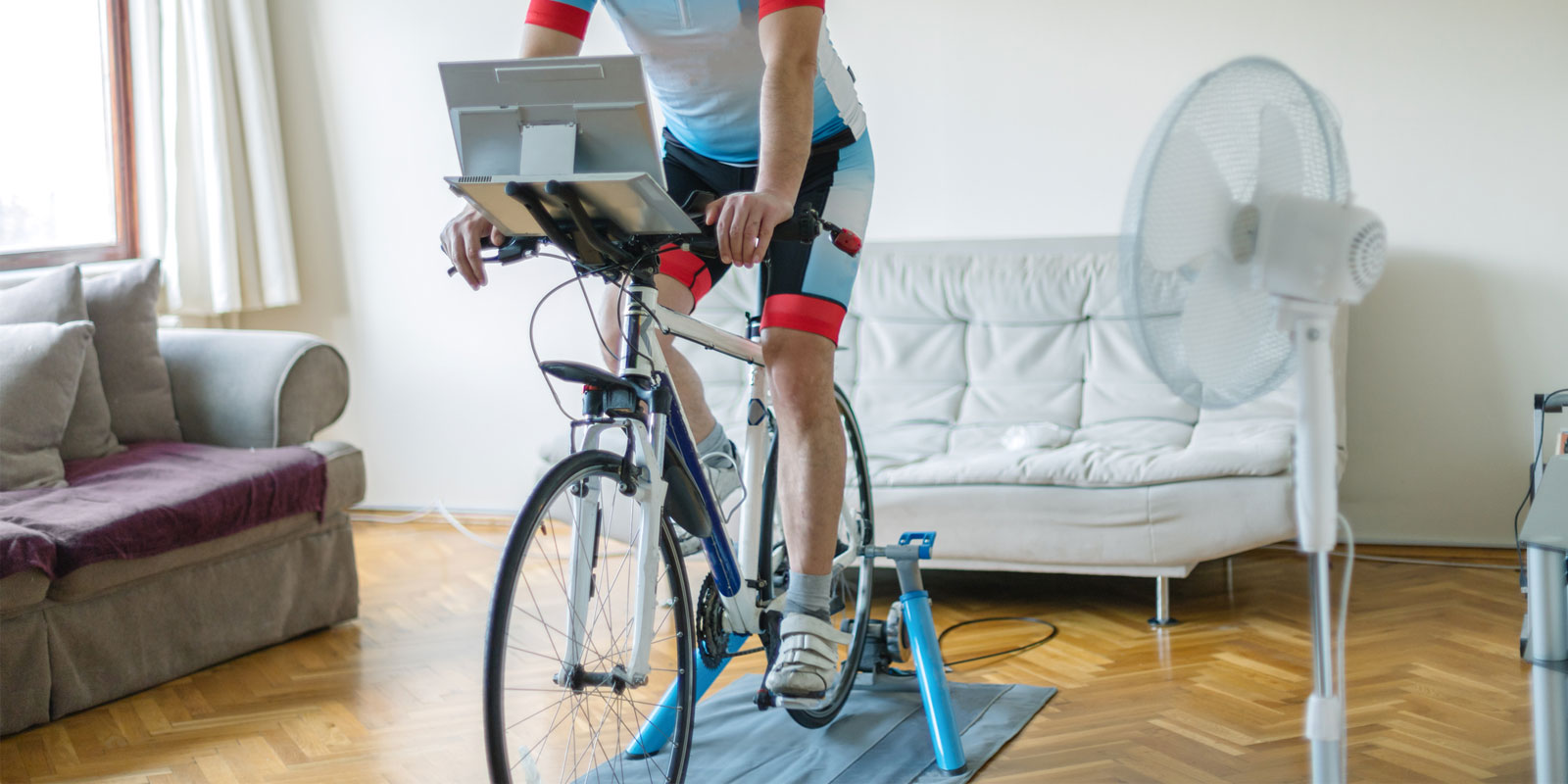The emergence of a tiny hairline crack in your carbon frame is enough to leave any cyclist sweating. Especially, when transpires that the cause falls outside the terms of the warranty. It’s a valid worry with some brands clearly stating that their bikes are not designed or tested to be fixed to a turbo trainer with carbon frames under particular scrutiny.
When you’re on a turbo, it certainly feels like it could be doing damage and full-on workouts feel like they could be putting bikes at risk. For example, doing pyramid sessions and FTP tests are putting more torque through the frame than normal. Normally, if you’re out on your bike and put that level of torque through the bottom bracket, the physics of it is that the frame will just react against a force. But when your lock and get into a turbo, you’re essentially applying a big force that the frame can’t get rid of. So, it has to absorb it through the material so it’s worth being careful when mounting and dismounting. This is because the bike is locked in place so falling causes a twist and pushing force through the frame.
However, all of these worries are probably overblown. Canyon, a well-known bike brand, recently approved a selection of models for turbo use including the Aeroad, Ultimate, Endurace, Grail, Inflite, Speedmax, and Exceed. Canyon says it has updated the testing procedures at its Koblenz factory. They also say it is designed and added a new test to its Quality Assurance processes to precisely simulate the stresses that using a turbo trainer puts on a bike’s frame.
The approval comes with two caveats; the trainer must be clamped onto the bike’s rear axle and required accessories supplied by the trainer’s manufacturer such as special axles must be used. A similar story said that all of its frames can be used with turbo trainers provided the correct axles are used and the bike is fitted to the machine properly. A representative added that the brand sees no warranty claims due to damage by turbo trainers though it does see claims where bikes have fallen out due to being incorrectly secured.
Similarly, turbo trainer brand Wahoo is equally confident saying trainers in the Wahoo Kickr range is absolutely safe to use with any compatible bike. They say that their engineers work closely with some of the industry’s biggest brands to ensure that when mounted correctly, be in the relevant weight restriction, and running on a stationary bike doesn’t pose any risk to your frame.
Perhaps, it’s not indoor training itself that presents a danger to bikes but a product of it, sweat. It’s certainly something Canyon has found saying that its service team has tended to see corrosion-related problems whose heavy turbo trainer use rather than forces leading to frame failures. I certainly recommend you protect your frame from excessive sweat especially along the top tube, headset, and handlebars either by using a towel or cleaning thoroughly afterwards.
Sweat if left unattended can eat its way through bolts, paint, and even drip its way down to the bottom bracket. Here at Trainer World, tech testers have been completing turbo sessions on carbon bikes for years and feel comfortable doing so we’re yet to find a crack. However, if you’re worried, it’s worth checking in with your brand and making sure of their warranty policies.

